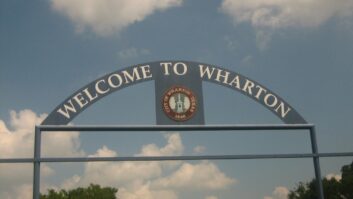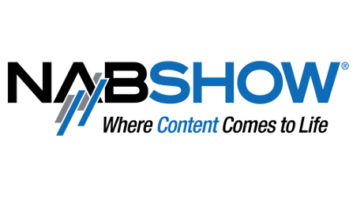“If you care about localism, you should care about AM radio,” stated FCC Commissioner Ajit Pai last fall at the NAB Radio Show luncheon, who also believes the future of AM radio is worth fighting for.
The trade organization invoked Pai’s remarks in its comments submitted to the commission on AM revitalization. The commission received close to 150 filings on how to help the AM service.
Technical obstacles, interference concerns and the influx of audio alternatives have all contributed to the competitive struggles of AM radio over the past two decades, noted NAB. AM stations receive interference from sources like fluorescent lighting, LED traffic lights, computers, power transmission lines and HDTV sets. AM radio signals are also impeded by aluminum siding and steel frames that reinforce many buildings located in urban areas.
NAB joins several other commenters whose reports we’ve published in supporting a special one-per-customer FM translator application window for AM stations only. The trade organization notes that some 720 AMs now use FM translators to fill-in their service areas and enhance signal quality.
The trade group agrees with the FCC’s proposed condition that an FM translator acquired in the special window should be used to retransmit the primary signal of the AM to which it’s linked. However, the agency should also consider situations in which the AM may need to reassign the translator. For example, NAB believes an AM that demonstrates financial hardship should be able to reassign a translator obtained in the special window. Also, no class distinctions in the window are needed, asserts NAB, because “Whether an AM station is a Class A or standalone Class D is immaterial to listeners.”
The commission should be flexible and process requests for “Mattoon” and “Tell City” waivers, according to the trade group. Under the Mattoon processing approach, an AM can relocate an FM translator between two points where the translator’s existing and proposed 1.0 mV/m contours do not overlap, saying this can help AMs that may need to move a translator within a fairly large market.
The long-pending “Tell City” waiver request from The Cromwell Group would also help alleviate the current FM translator bottleneck by allowing AM stations to relocate existing translators over longer distances, states NAB. Currently a long-distance move such as the one proposed requires an application for a major modification, given the distance between the existing and proposed translator sites.
“Granting requests such as Tell City would provide AM stations with much needed flexibility to search for and relocate available FM translators that may be placed 50 miles or more away from the AM station’s city of license, thereby opening up hundreds of existing FM translators for potential use by AM stations,” writes NAB. “Establishing such a process would be much faster and less costly than requiring AM stations to wait to participate in a future special translator filing window (assuming this proposal is adopted).”
Among other proposals the commission should consider concerns all-digital AM service, says NAB. The NAB Labs test program is intended to support such a change “should the industry support such a transition.”
Finally, NAB supports increased FCC enforcement against unintentional radiation and review its Part 15 rules. For example, broadband Internet over power line service is designed to transport very low frequency alternating current (AC) electrical power. “However, at higher RF frequencies, these power lines can function like a large antenna that radiates BPL [broadband over power line] signals, rather than contain them. Accordingly, BPL radiation causes harmful direct interference to AM radio signals,” notes NAB.
Watch our page radioworld.com/amcomments for summaries of other comments to the FCC NPRM.












